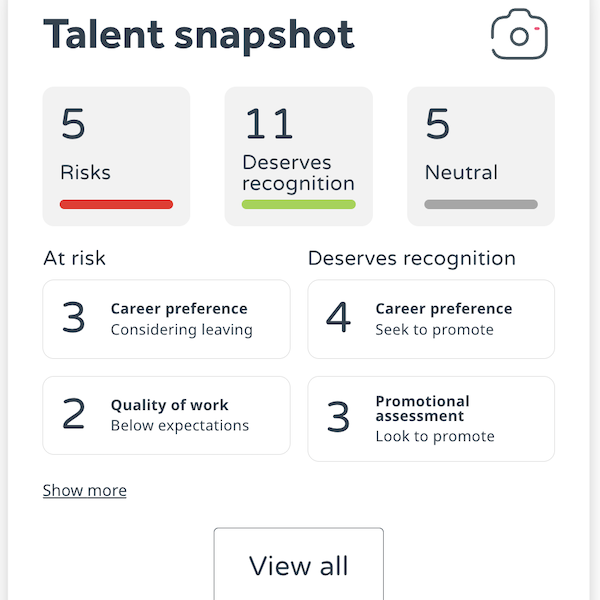When it comes to employee engagement, a variety of measures can be implemented in the workplace to make sure everyone can work at their best. A brilliant way to help staff members remain positive and productive is to embrace flexible working. Lilli Hender from OfficeGenie shares a few of the ways in which you can make working flexibly work for you.
Out of the office and in the zone
Flexible working acts as an umbrella term for a wide range of working adjustments (staggered hours, phased retirement, and part-time employment for example) but it is often most closely associated with remote working. There are lots of ways in which to make sure a day working remotely is just as effective as a day in the office – possibly even more so!
Factors such as the kind of individual you are and the kind of job you have will affect how suited you are to the different environments on offer. That said, they generally have quite distinct advantages and disadvantages. Here are the options and how to make the most of them:
Home
Arguably the most popular choice among remote workers, home working tends to be the cheapest, easiest option. It isn’t always the most productive space however (homes have beds, televisions and accessible fridges after all) but there are a few things you can do to help with this.
Getting up and dressed at the time you usually would if you were heading to the office can be a good way to get into the right mindset. Creating a designated ‘working area’ in your house can also help, that way other associations (such as relaxing or worse, sleeping) are prevented from taking hold. A tasty lunch and evening meal act as perfect rewards for a productive day.
Coworking hub
Coworking spaces are created specifically to cater for working professionals so it’s sensible to make use of this option. Most places adopt a BYOD policy and provide you with a desk and chair. There is usually flexibility over the hours you can work and an hourly rate to suit this setup.
Due to the fact everyone else in the space will be working, it can motivate you to do the same. Networking and the chance to swap skills and expertise can further enrich your working day. A similar (free) option to a coworking hub is a library – you would be working with fewer facilities and a more diverse bunch of people but it can make a good alternative.
Coffee shop
If it’s coffee you need to power through your work, this is the best place to be. Due to the social element, it can sometimes be difficult to focus however, particularly at peak times. It can be best practice to arrive after nine am to dodge the morning rush.
The buzz of chatter in a cafe can act as helpful background noise but if this isn’t the case for you, packing headphones is a good idea. Coffee shops differ in their friendliness towards laptop-bearing workers so if you’re heading to a cafe for the long haul, it might be worth checking the setup beforehand – free Wi-Fi and plugs are a must.
Whichever option you choose, remote working can be asset to businesses and individuals alike. It can help to improve the all-important work-life balance and gives employees a greater freedom over their work and working routine. Flexibility and productivity can go hand in hand, so why not give it a go!
Author bio
Lilli Hender is staff writer at Office Genie: a UK-based desk and office space marketplace.
